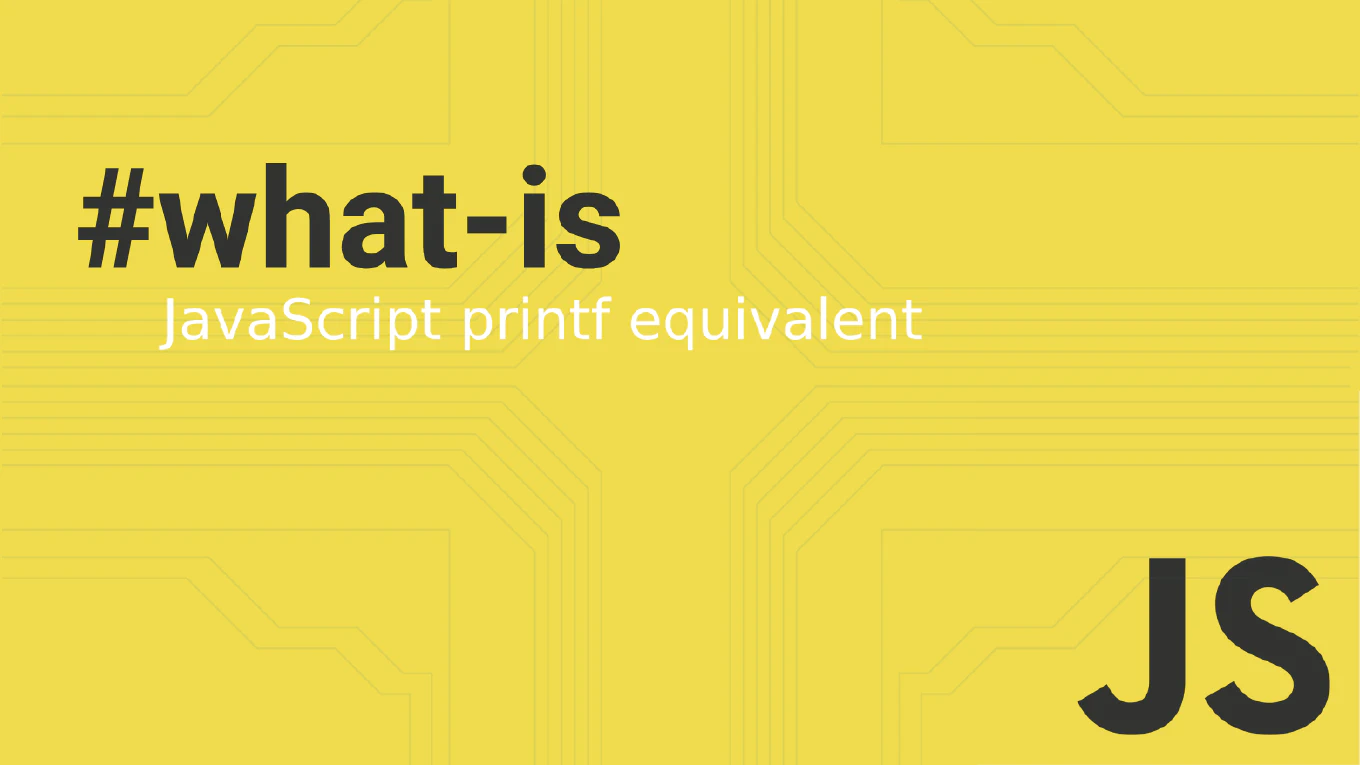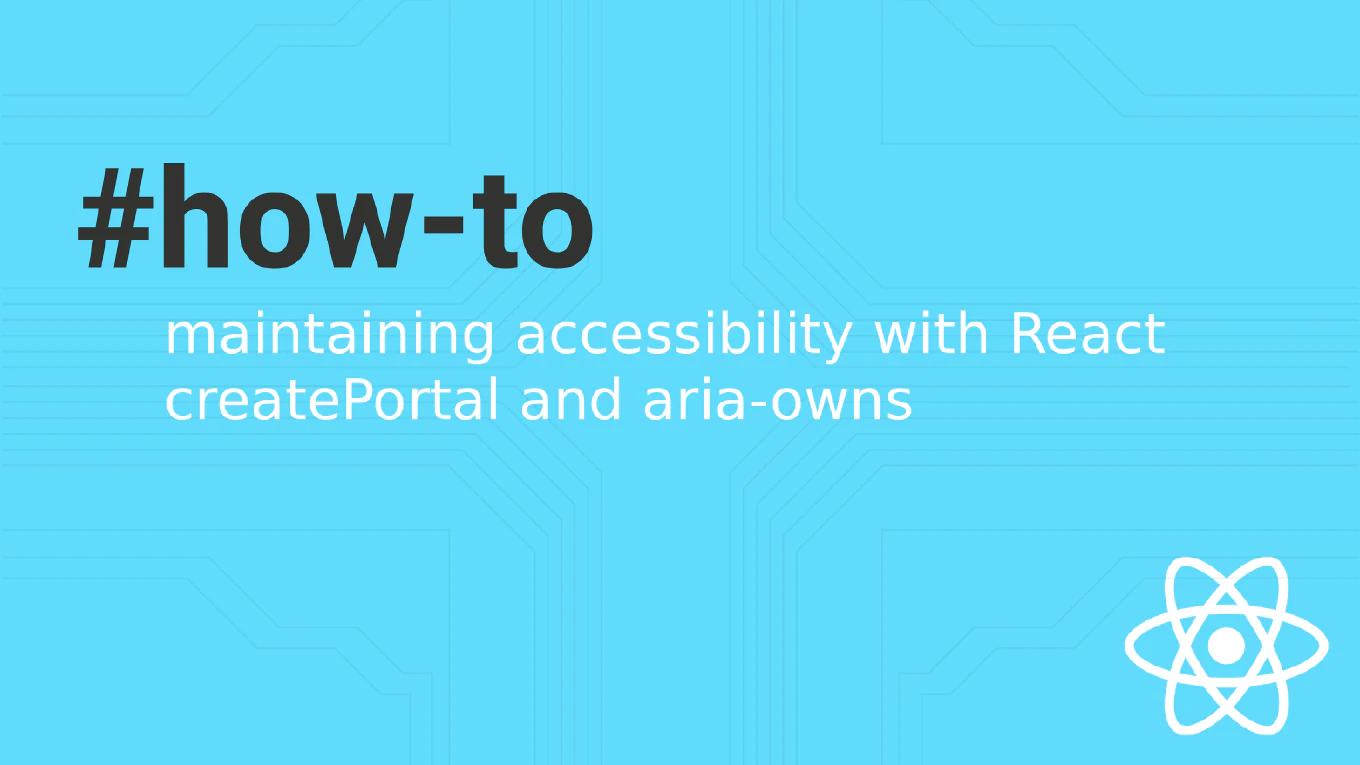How to use try-catch in JavaScript
Using try-catch blocks in JavaScript enables robust error handling that prevents application crashes and provides graceful failure management. As the creator of CoreUI with over 25 years of JavaScript development experience, I’ve implemented comprehensive error handling in countless production applications and component libraries. From my expertise, the most effective approach is wrapping potentially error-prone code in try blocks and handling exceptions in catch blocks with appropriate fallback strategies. This pattern ensures applications remain stable and provide meaningful feedback when unexpected errors occur.
Wrap potentially error-prone code in try blocks and handle exceptions in catch blocks for robust error management.
try {
const data = JSON.parse(jsonString)
processData(data)
} catch (error) {
console.error('Error processing data:', error.message)
showUserFriendlyMessage('Failed to process data')
} finally {
cleanup()
}
Here the try block contains code that might throw exceptions, such as JSON parsing or function calls. The catch block executes when any error occurs within the try block, receiving the error object for inspection and logging. The optional finally block always executes regardless of success or failure, making it perfect for cleanup operations. This structure prevents unhandled exceptions from crashing the application while providing error information for debugging.
Best Practice Note:
This is the same approach we use in CoreUI components for handling API failures, data parsing errors, and user input validation gracefully. Always log errors for debugging while showing user-friendly messages, and use specific error types in catch blocks for more targeted error handling.







